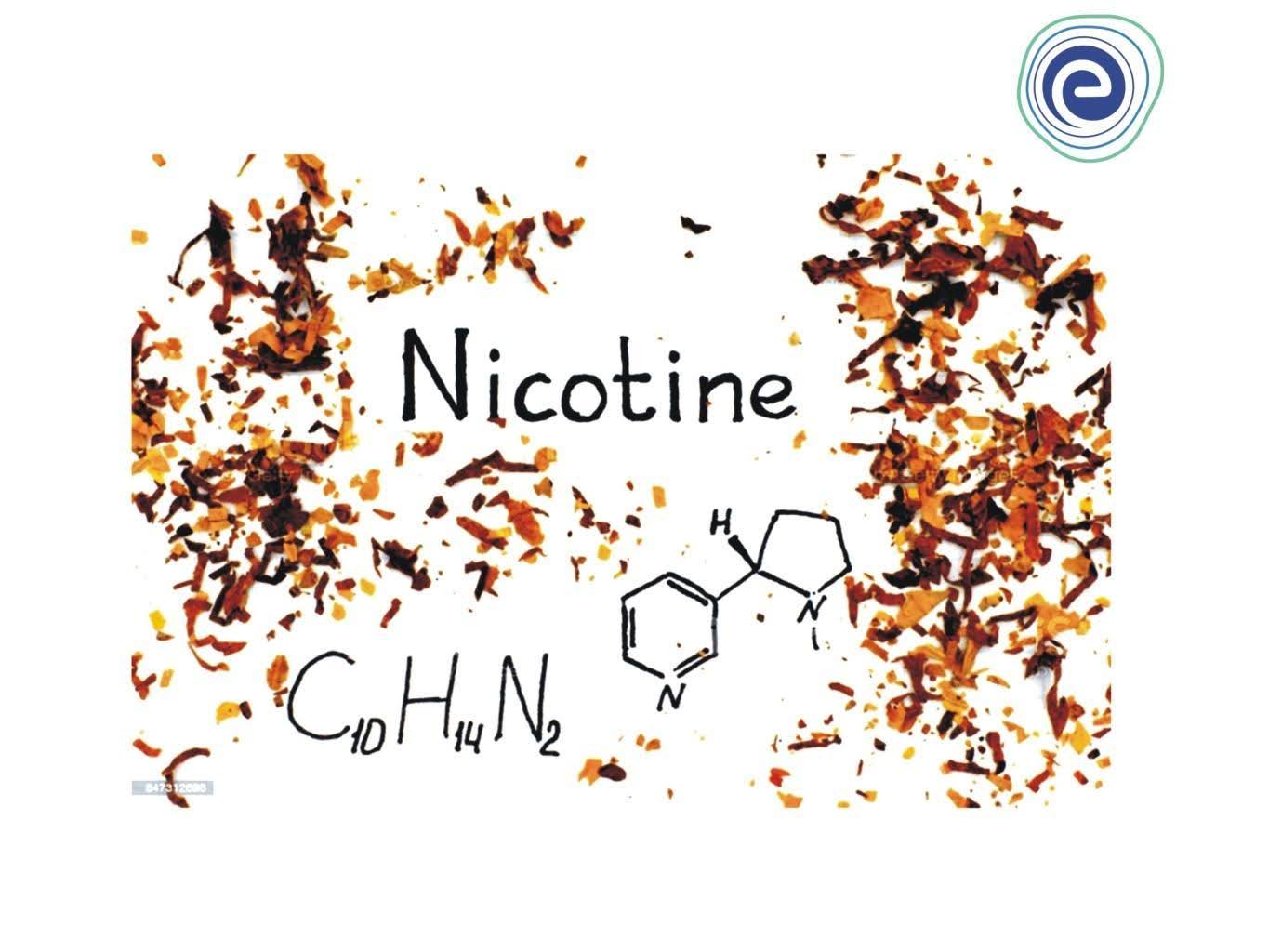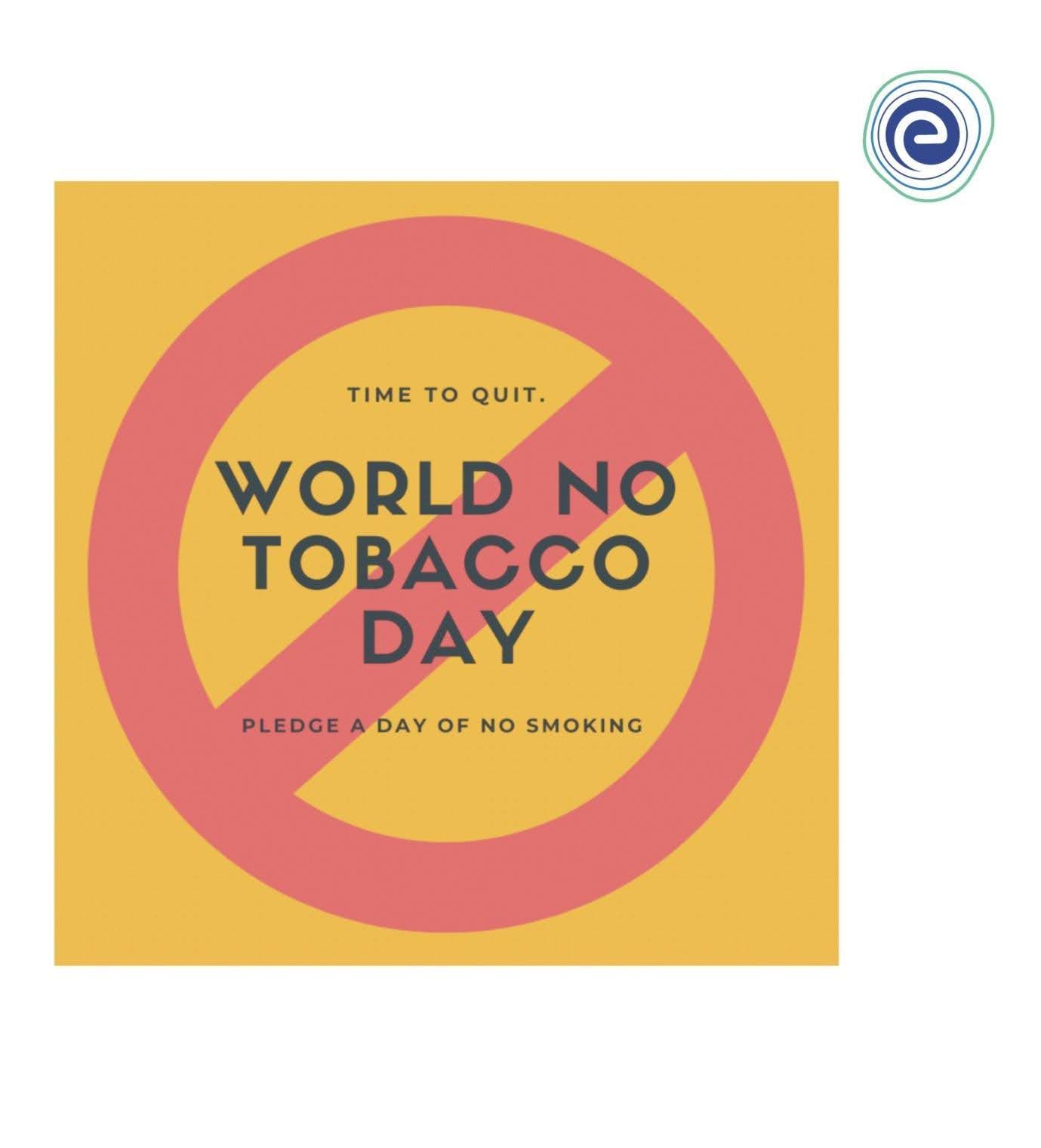- Written By
Shilpi Shikha
- Last Modified 22-02-2025
Tobacco and Smoking: Cause, Health risks and Impact
Tobacco and Smoking: Do you know that among the mass killer agents for humans, other than the outbreak of an epidemic, and road accidents, is the use of the various products based on tobacco? The number is as huge as 8 million people, nearly 7 million of them owing to direct tobacco ‘consumption’ plus smoking (the so-called primary smokers), and the remainder is non-smokers (the so-called passive smokers).
Despite knowing the many ill effects of tobacco, people easily fall into its grip because they believe that it relieves mental and bodily stress, brings pleasure, or makes them ecstatic and socially more acceptable. But the truth is just the other way out. People who smoke die ten years earlier on average than those who have never smoked. Most people are aware that smoking causes cancer. However, it can harm practically every organ in the body, including the lungs, heart, blood vessels, reproductive organs, mouth, skin, eyes, and bones.
Know About Drug and Alcohol Abuse Here
What is Tobacco?
As we know, tobacco is the common name of several plants/ small herbs in the Nicotiana genus of the Solanaceae family of green plants. The chief commercial crop is Nicotiana tabacum.
It is grown in highly fertile land. Tobacco cultivation is labour-intensive work. Therefore, mostly poor women and underage children are employed for working in tobacco fields at low wages. They are unavoidably exposed to harmful chemicals, e.g., nicotine, harmine which are naturally occurring organic compounds present in fresh as well as cured tobacco leaves. In addition, inorganic substances like cadmium, lead, and nitrates are absorbed from the soil. This is aptly described as green tobacco sickness.
Children’s regular exposure to tobacco plants has increased the risk for infertility, preterm delivery, stillbirth, low birth weight, and sudden infant death syndrome (SIDS). In addition, women often have menopause about three years earlier than the tobacco-group.
Chemistry of Tobacco
Thousands of organic and inorganic compounds are found in tobacco smoke. Pyrolysis and pyrosynthesis in the burning or smouldering of tobacco products account for two-thirds of these compounds that are found in tobacco. The rest is transmitted from the tobacco to the smoke unaltered.
The components of tobacco leaves and processed tobacco vary greatly depending on the type of tobacco plant used and the cultivation, harvesting, and curing methods used. Volatile organic compounds, radicals, non-volatile polycyclic aromatic hydrocarbons, aromatic amines, heterocyclic amines, and metals are the most hazardous components of tobacco smoke. In addition, N-nitrosamines, particularly tobacco-specific N-nitrosamines, are a major health risk in processed tobacco.
Fig: Tobacco contains Nicotine
Tobacco is consumed or smoked in various ways. Various forms of tobacco smoking are cigarette, cigar, cigarillos, roll-your-own tobacco, pipe tobacco, Indian bidi (mini cigar filled with tobacco flake and commonly wrapped in a tendu or Pillostigma racemosum leaf tied with a string or adhesive at one end), Indian hookah, and kreteks.
Smoking
Smoking is one of the worst things that can happen to the body. Smoking causes disease and impairment throughout the body. It damages nearly all of the body’s organs. As tobacco includes the highly addictive chemical nicotine, smoking is a difficult habit to stop. The body and mind soon become accustomed to the nicotine in cigarettes.
If a person inhales the tobacco smoke of others, it is known as passive smoking. Passive smoking is equally injurious. Children’s respiratory problems, such as asthma, bronchitis, and pneumonia, are increased by passive smoking.
Habitual tobacco smokers often falsely claim that smoking tobacco wherein the smoke is allowed to pass through a pipe filled with water (called water-pipe tobacco smoking or Indian hookah, also called hubble-bubble) is safe. But this claim is unproven rhetoric. Probably the health hazards of this form of smoking are as serious as direct smoking because of the sixty-odd different carcinogenic chemical substances which are present in tobacco smoke. The majority are insoluble in water, hence, are not removed from it.
Physiological Effect of Tobacco
- Tobacco smoking can lead to many health conditions like lung cancer, chronic bronchitis, and emphysema.
- It increases the risk of heart disease, which can lead to stroke or heart attack. Smoking has also been linked to other cancers, cataracts, Type 2 diabetes, and pneumonia.
- Some hard-witted people pronounce that a form of tobacco known as smokeless tobacco is safe and a good aid to amusement and merrymaking. This tall claim is false, mischievous, and misleading, too. Smokeless tobacco is highly addictive and damaging to health. It has been chemically analysed and shown to contain some cancer-causing toxins. Its use increases the risk of cancers of the head, neck, throat, oesophagus and the oral cavity (including cancer of the mouth, tongue, lip, and gums) as well as various dental diseases.
Fig: Harmful Effects of Tobacco
4. It is known that a chemical analysis technique known as gas chromatography has revealed the presence of nearly 400 different chemical compounds in tobacco smoke, and none of these are nature friendly. Obviously, smoking tobacco means that you are throwing yourself amidst 400 smart invisible aliens ready to harm you in several ways.
Tobacco Cessation Programme
When there is a will, there is a way. A person who wants to quit should join a tobacco cessation programme or rehabilitation centre with the following goals and plans.
- One should have a clear-cut plan, think about quitting, and control the cravings.
- One should comfortably reveal plans to the family, and near and dear and seek encouragement.
- Keep busy by reading, working on household tasks, walking, being busy throughout the day.
- Avoid smoking triggers.
- Reward small accomplishments.
Improvement Symptoms and Advantages of Quitting Tobacco
The cessation of tobacco use invariably results in the following gains.
- Improved lung function,
- Easier breathing,
- Faster recovery from illness,
- Lower risk of second cancer,
- Lower risk of infection,
- More energy,
- Enhanced mental prudence,
- More affection from family members and friends, and
- Self-respect.
Precautions
When an addicted person suddenly stops taking tobacco or smoking, around three days of quitting, he might experience mood swings and irritability, severe headaches, and cravings as the neurochemistry is disturbed. In as little as three weeks, improvement begins when the smoker may notice less coughing and shortness of breath. Many fear it will take a long time to see improvements in health and well-being, but the timeline for seeking real benefits is faster than most people realise.
Fast Facts on Quitting Smoking
Fig: World No Tobacco Day is celebrated on 31 May
1. Quitting smoking means breaking the cycle of addiction and essentially rewiring the brain to stop craving nicotine.
2. To be successful, smokers who want to quit need to have a plan in place to beat cravings and triggers.
3. The benefits accruing from quitting outweigh the ordeal that one might go through for up to a month’s time or so.
4. The sooner a smoker quits, the faster he will reduce the risk of cancer, heart and lung disease, and other conditions related to smoking.
5. Those who quit smoking are economically benefitted too.
6. After emerging successfully, you feel ample satisfaction.
7. At present, smoking is considered a vice as it also victimizes passive smokers. So, you must quit.
Some Medicinal Uses of the Tobacco Herb
Harmful usage of tobacco is a public health problem of global concern, and in many countries, the major risk factor for non-communicable diseases. Yet, this plant is associated with strikingly different usage and repute. It is said that every plant, no matter how poisonous or dangerous it may be, also possesses some value to us.
- The tobacco plant is often used as an insect repellent.
- Therapeutic uses of tobacco leaves: for treating sore throat, wounds, fever, pain, headache, and some other conditions.
But, any use of this herb, if at all, must be done under strict medical supervision. Self-medication is considered injurious to health.
Frequently Asked Questions (FAQs)
Q.1. What exactly is tobacco?
Ans: Tobacco is the common name of numerous plants of the Nicotiana genus of the Solanaceae family.
Q.2. Why do people use tobacco?
Ans: People claim to smoke tobacco for a variety of reasons, including stress alleviation, pleasure, and social situations.
Q.3. What effect does tobacco have on the brain?
Ans: Nicotine is a component of tobacco that can lead to addiction. Tobacco can be smoked, chewed, or sniffed. Nicotine stimulates the adrenal glands to release the hormone epinephrine in the brain (adrenaline)
Q.4. What are the safe forms of tobacco?
Ans: There is no safe form of tobacco.
Q.5. How does nicotine harm the human brain?
Ans: Nicotine affects the development of your brain. It may be more difficult to study and concentrate as a result of this. Some of the changes in the brain are permanent, and they might impair your mood and capacity to manage urges as an adult.
Learn About Uses of Alcohol Here
We hope this article on Tobacco and Smoking has helped you. If you have any queries, drop a comment below, and we will get back to you.











































